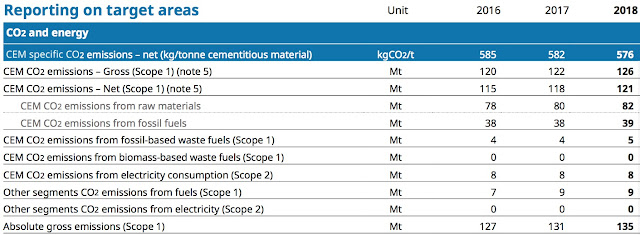...we will not be providing further responses over-and-above the information contained within this position statement.
But what do we find? This week, out of the blue, seemingly unprompted, the EA has responded again. Perhaps people at the EA had time to reflect about Straitgate over the Christmas break, time to think about alternative water supplies and how they might be provided – to people, to farms, to mediaeval fishponds, to wetland habitats in ancient woodlands – should the whole thing go belly up, time to think that they don’t want that responsibility on their shoulders thank you very much.
In its reply to Professor Brassington’s letter in December,
the EA provided a position statement. There was no attempt to explain why the EA disagreed with the eminent hydrogeologist, who says:
It is my view that this application should be turned down and that no quarrying be permitted as to allow it will threaten these water resources for many years to come.
This week, in an email to solicitors representing the owner of Cadhay, the EA wrote:
[Further to our last email] which was sent following our careful consideration of the information supplied by you and Professor Brassington, I am writing to provide some information which was omitted from our email. The below wording should have accompanied our position statement…
You asked in your email of 15 November 2019 about ‘workable proposals’ for provision of alternative supplies. We reviewed the applicant’s draft Section 106 agreement and provided a response to Devon County Council. We see our role in the Section 106 review as giving comments on objectives and outcomes, rather than recommending specific solutions now that may not be appropriate or practical in the future. Devon County Council are responsible for ensuring that the Section 106 is enforceable and contains the appropriate level of detail.
Whether the EA really did give information supplied by Prof Brassington "careful consideration", readers will have to decide. Plainly, if the EA "omitted" important information, the feeling might be they didn't.
In fairness, for all that careful consideration, the EA wasn’t actually asked to come up with their solutions – because that’s the job of Aggregate Industries. What was asked for was merely "sight of workable proposals", any workable proposals; because none have been forthcoming so far.
But clearly, the EA wants to stress – and read into that what you will – that responsibility for these mythical workable proposals for alternative water supplies, for all the above-named receptors, should fall upon DCC's shoulders. It even looks like the EA itself doesn’t know how replacement water supplies would be provided – if it prefers to talk about "objectives and outcomes" not "solutions".
Devon County Council will have to assure itself that alternative water supplies would work – would immediately work – or local people and businesses could be left without drinking water, and the Council involved in expensive litigation. It’s no good pointing to "objectives and outcomes" from the EA, it’s no good saying "the EA’s happy, so we’re happy". DCC will need to know that mitigation would work in the real world – the one where people and farms are miles from a mains water supply, the one where mediaeval fishponds are central to the setting of a Grade I Tudor manor house.
 |
| Photo: Matt Austin |
Even if it could be decided quickly who is at fault – and no doubt Aggregate Industries would engage legions of lawyers and experts to prove, as they invariably do in the construction industry,
it's not our fault, gov! – there is,
as posted here, the small matter of:
* where are the alternative water supplies;
* how reliable are those supplies;
* what is the quality of the water from those supplies;
* how quickly can sufficient supplies be made available; and
* what rights does the applicant have to secure those supplies?
The same planning lawyer who pointed that out also stressed:
As the Council will be aware, as a matter of law the ES is required to properly set out the mitigation measures proposed to address any significant adverse impacts likely to be caused by the development, following which the local planning authority can then assess those mitigation measures. In other words, if there’s a problem which might be caused by the development, the LPA must know how that problem will be mitigated, and then assess such mitigation.
In relation to the security of water supplies, the applicant has not provided any details of the proposed mitigation measures in the event that the supplies are disrupted: the proposed planning obligations are bereft of any such details. Without having details of the proposed mitigation, the Council cannot properly assess the environmental impact of the scheme.
To underline the EA's new attitude to Straitgate – its attitude to hearing from Professors of Hydrogeology, its attitude to bearing any responsibility for real-world solutions – this week's email finishes:
If you have further concerns regarding the Straitgate planning application, these should be directed to Devon County Council...
Which says it all.













